Everything you need to know about Clyde shipbuilding
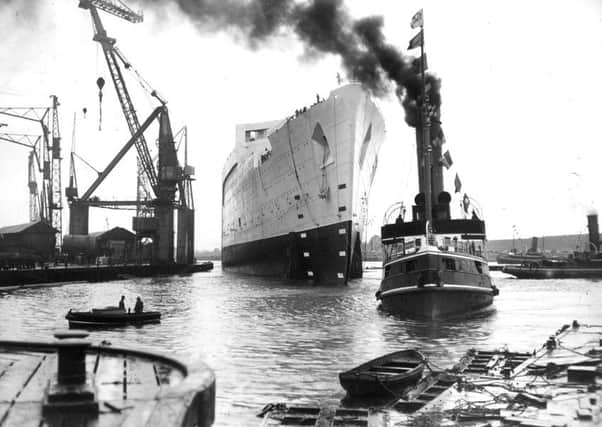

At its height it employed tens of thousands of workers who made some of the world’s fastest, biggest and most beautiful ships.
The shipbuilding industry on the River Clyde was truly the envy of the world and was constructing around a fifth of all ships launched in the early 1900s.
Advertisement
Hide AdAdvertisement
Hide AdAn estimated 25,000 naval, merchant and passenger ships have been built on the Clyde and its tributaries since the Scott family set up in Greenock in 1711.
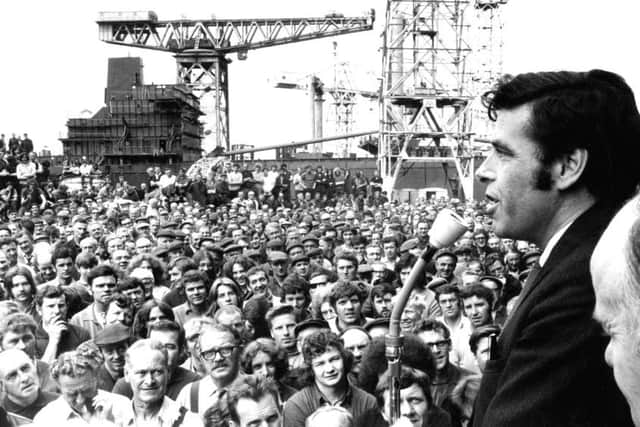

The Clyde’s credits include the Cutty Sark clipper and battleships HMS Colossus and Repulse. The RMS Queen Elizabeth and QE2 were both constructed for luxury liner firm Cunard at John Brown in Clydebank, a town which did not exist in 1861 but by 1901 was home to more than 30,000 people. READ MORE: Did war blunder leave Russian gold in The Clyde?
It was arguably the famous Fairfield yard which took the Upper Clyde to its greatest worldwide prominence.
Founded in 1864 by marine engineer William Elder, who developed the compound engine which offered more efficient use of fuel.
The company hit its peak under William Pearce from 1888,and employed 70,000 workers in 19 yards who met a stream of contracts for both passenger and naval ships.
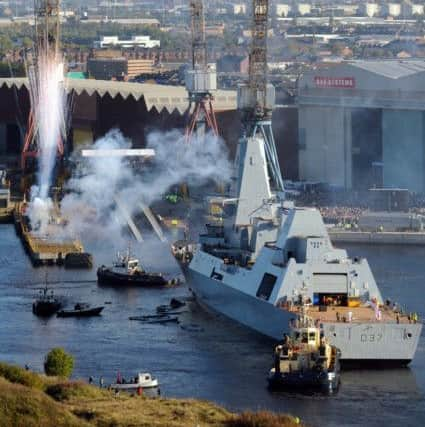

The largest crane in the world, with a maximum lift capacity of 250 tons, was built at the Govan yard in 1911.
By the following year, Fairfield had 12 ships under construction at once as business boomed.
Advertisement
Hide AdAdvertisement
Hide AdThe steelworks of Lanarkshire were central to the success of the Clyde’s shipbuilding industry, particularly Dalzell in Motherwell and Clydebridge in Cambuslang. Their steel plates formed many of the most famous Clyde ships, including the Lusitania, torpedoed by a German U-boat in 1915.
The end of the Second World War signalled the beginning of grim times for the Clyde, which was forced to compete with emerging industries in Asia.
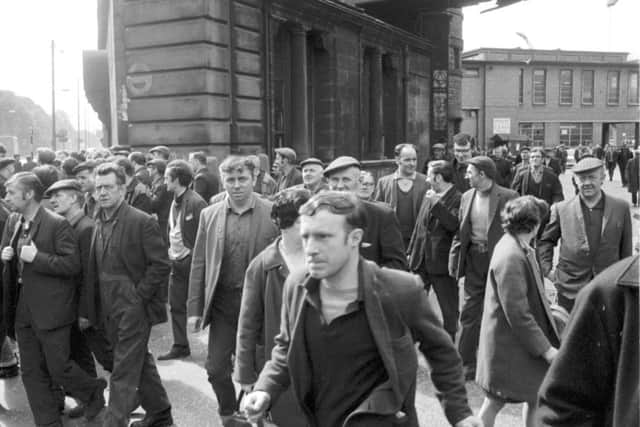

In 1967, the receivers were called into Fairfield – a social and industrial turning point which prompted Sean Connery to direct his only film, the Bowler and the Bunnet, about the stricken yard.
UCS (Upper Clyde Shipbuilders) was formed in response to the crisis by the UK government, with 8,500 workers based over five yards, but that too went into receivership with the government then refusing a loan. Around 6,000 jobs were at risk.
This led to the famous work-in and shop steward Jimmy Reid’s call to colleagues of “no hooliganism, no vandalism, no bevvying because the world is watching us, and it is our responsibility to conduct ourselves with responsibility, and with dignity, and with maturity”.
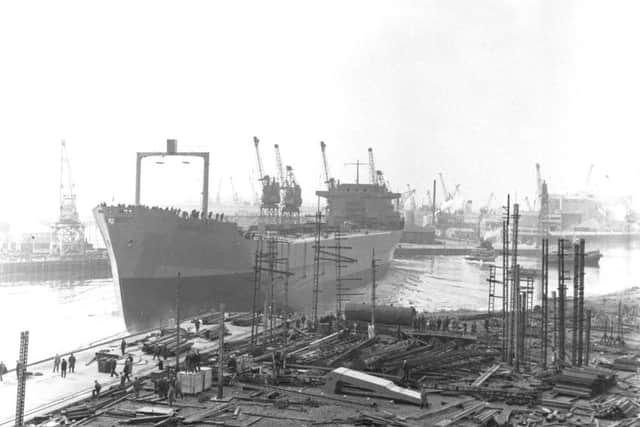

The speech was watched around the world with the Ted Heath-led government finally relenting in February 1972 with £35m injected into yards at Govan, Scotstoun and Linthouse.
BAE Systems Surface Ships now owns the two remaining shipyards on the upper Clyde – the former Yarrow works at Scotstoun and Fairfields at Govan.
Advertisement
Hide AdAdvertisement
Hide AdLast year, the firm announced both sites would remain in operation after it ditched plans to close Govan and open a new manufacturing plant at Scotstoun. The firm now employs around 2,400 staff at both sites.
Abigail McIntyre, curator at the Scottish Maritime Museum in Irvine, said: “The skills, techniques and designs of the Scottish yards were admired and acclaimed around the world and pre-1915 one fifth of all ships in the world were built on the Clyde. The yards undoubtedly reached their heyday at this period.”
Ms McIntyre said the impact of the loss of the industry which had boomed during two world wars had been “huge”.
She added: “Generations of workers lost their profession, their security and their means to provide for their families. However, there is still an immense pride around the history of Scottish shipbuilding, its achievements and innovation had an international impact, and its characters and humour are still celebrated and cherished.”


And one historic shipyard is expected to be transformed after councillors last week, approved plans for a major retail and residential project.
It is hoped that the transformation of the former John Brown yard in Clydebank into a housing, retail and leisure space will breathe new life into the Dunbartonshire town.
